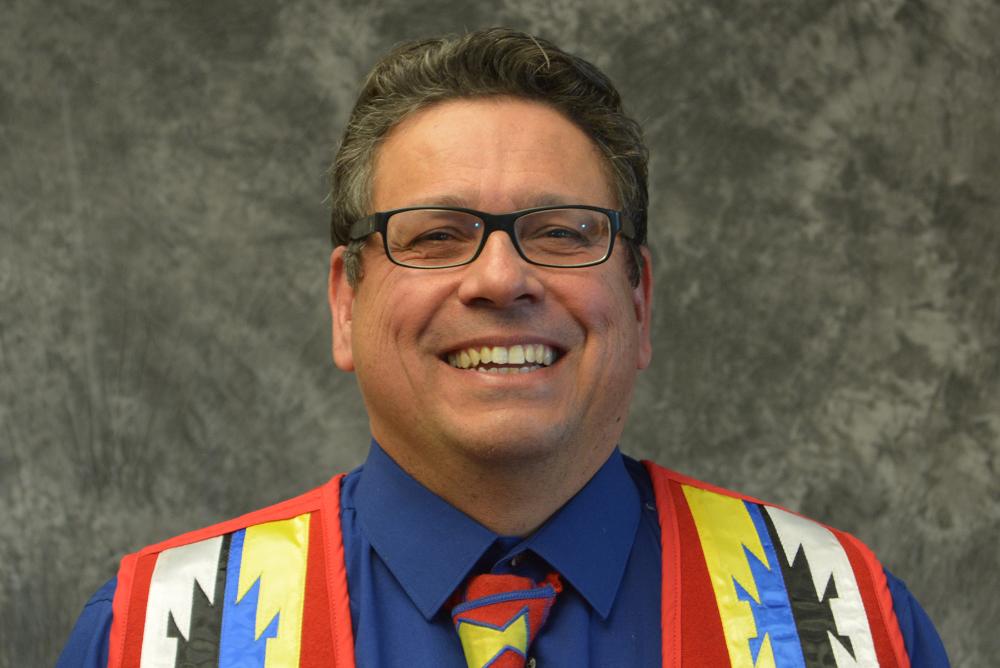W&M Featured Events
[PAST EVENT] Indigenous Story Maps and UNESCO World Heritage
Location
Zoom
Join us for Mark Palmer's talk on how maps and GIS used for the nomination and subsequent management of UNESCO World Heritage sites have primarily served bureaucratic resource management purposes. However, bureaucratic maps offer an opportunity to represent associative cultural landscapes, intangible cultural elements, and the geographies of Indigenous peoples. Indigenous toponyms can be found on many World Heritage maps for sites located within settler societies such as New Zealand, Australia, the United States, and Canada. Currently, bureaucratic heritage maps do not emphasize or even have a method for presenting the meaning and significance of Indigenous toponyms. Instead, the names are represented as static, inanimate objects void of meaning. This presentation based on an article presents archival evidence that bureaucratic state maps found within some UNESCO World Heritage nomination dossiers and resource management plans contain Indigenous cartographic elements that Indigenous communities could use as the basis for creating Indigital story maps.
